Laser hair removal is a popular and effective method for achieving long-term hair reduction. However, the time of year you choose to begin your treatments can significantly impact the results and overall experience.
Here’s a detailed look at the best practices for scheduling your laser hair removal sessions with seasonal considerations in mind.
Why Season Matters in Laser Hair Removal
Laser hair removal works by targeting the pigment in hair follicles, and certain seasonal factors can influence the treatment’s effectiveness and your skin’s response. Understanding these factors can help you plan your treatments for optimal results.
Book Your Skin Consultation with Dr. Harmandeep Sidhu
Trusted dermatologist in Chandigarh. Get expert care in skin, hair and lasers at Athena Skin Clinic.

Winter: The Ideal Season for Laser Hair Removal
Less Sun Exposure
Benefits: During the winter months, people typically have less sun exposure. This is beneficial because tanned or sunburned skin can increase the risk of side effects from laser treatments, such as hyperpigmentation or burns.
Best Practices: Avoid tanning and use sunscreen if you are exposed to the sun. Start your treatments in winter to ensure your skin is at its natural tone.
Comfortable Recovery
Benefits: Cooler temperatures can make post-treatment recovery more comfortable. The treated area may be sensitive, and avoiding heat and sweating can help minimize irritation.
Best Practices: Wear loose, comfortable clothing and avoid activities that cause excessive sweating for a few days after each session.
Scheduling Flexibility
Benefits: With fewer social and outdoor activities, winter often provides more flexibility to schedule multiple treatment sessions.
Best Practices: Plan your sessions at regular intervals, typically every 4-6 weeks, to ensure consistent progress.
Spring: Preparing for Summer
Early Start
Benefits: Starting treatments in early spring can ensure you achieve significant hair reduction before summer arrives.
Best Practices: Begin your sessions in early spring to complete most treatments before the high-exposure summer months.
Sun Protection
Benefits: As days get longer and sun exposure increases, diligent sun protection becomes crucial.
Best Practices: Apply broad-spectrum sunscreen with at least SPF 30 daily and wear protective clothing to shield treated areas from UV rays.
Avoiding Sunburns
Benefits: Avoiding sunburns is essential to reduce the risk of complications.
Best Practices: Refrain from tanning and excessive sun exposure, and consider evening or early morning outdoor activities to minimize sun exposure.
Summer: Extra Precautions Needed
Sun Exposure Risks
Challenges: Summer is the most challenging time for laser hair removal due to increased sun exposure, which can complicate treatments and recovery.
Best Practices: If you must start or continue treatments in summer, be extremely vigilant about sun protection. Use sunscreen, wear hats, and cover treated areas when outside.
Sweat and Heat
Challenges: Heat and sweating can irritate treated areas, increasing discomfort and the risk of infection.
Best Practices: Avoid strenuous activities, hot showers, and saunas for a few days post-treatment. Keep the treated area cool and dry.
Hydration and Skin Care
Benefits: Proper skin hydration can aid recovery and improve results.
Best Practices: Use gentle, hydrating skin care products and drink plenty of water to keep your skin healthy and supple.
Fall: Transitioning Back to Cooler Weather
Renewed Opportunity
Benefits: As temperatures drop, fall becomes a good time to resume or start laser hair removal treatments.
Best Practices: Take advantage of reduced sun exposure and cooler weather to plan your sessions.
Post-Summer Skin
Benefits: After a summer of potential sun exposure, fall offers an opportunity to assess and treat any pigmentation issues before starting laser hair removal.
Best Practices: Consult with your dermatologist to address any skin concerns and adjust your treatment plan accordingly.
Consistent Schedule
Benefits: With fewer seasonal distractions, maintaining a consistent treatment schedule is easier in the fall.
Best Practices: Plan your sessions at regular intervals to maximize hair reduction before winter arrives.
General Best Practices for All Seasons
- Consultation with a Dermatologist: Always start with a consultation to discuss your skin type, hair color, and any potential concerns related to seasonal changes.
- Sun Protection: Regardless of the season, consistent use of sunscreen on treated areas is crucial to prevent pigmentation changes and protect sensitive skin.
- Skin Care Routine: Maintain a gentle and hydrating skin care routine to support recovery and improve treatment results.
- Avoiding Tanning Products: Steer clear of self-tanning products before and during your laser hair removal treatment series.
Conclusion
Timing your laser hair removal treatments with seasonal considerations in mind can enhance your results and minimize side effects.
Winter and fall are generally the best seasons to start treatments due to reduced sun exposure and more comfortable recovery conditions.
However, with careful planning and diligent sun protection, you can successfully undergo laser hair removal at any time of year.
Always consult with a dermatologist in Chandigarh to develop a personalized treatment plan that aligns with your seasonal lifestyle and skin care needs.
